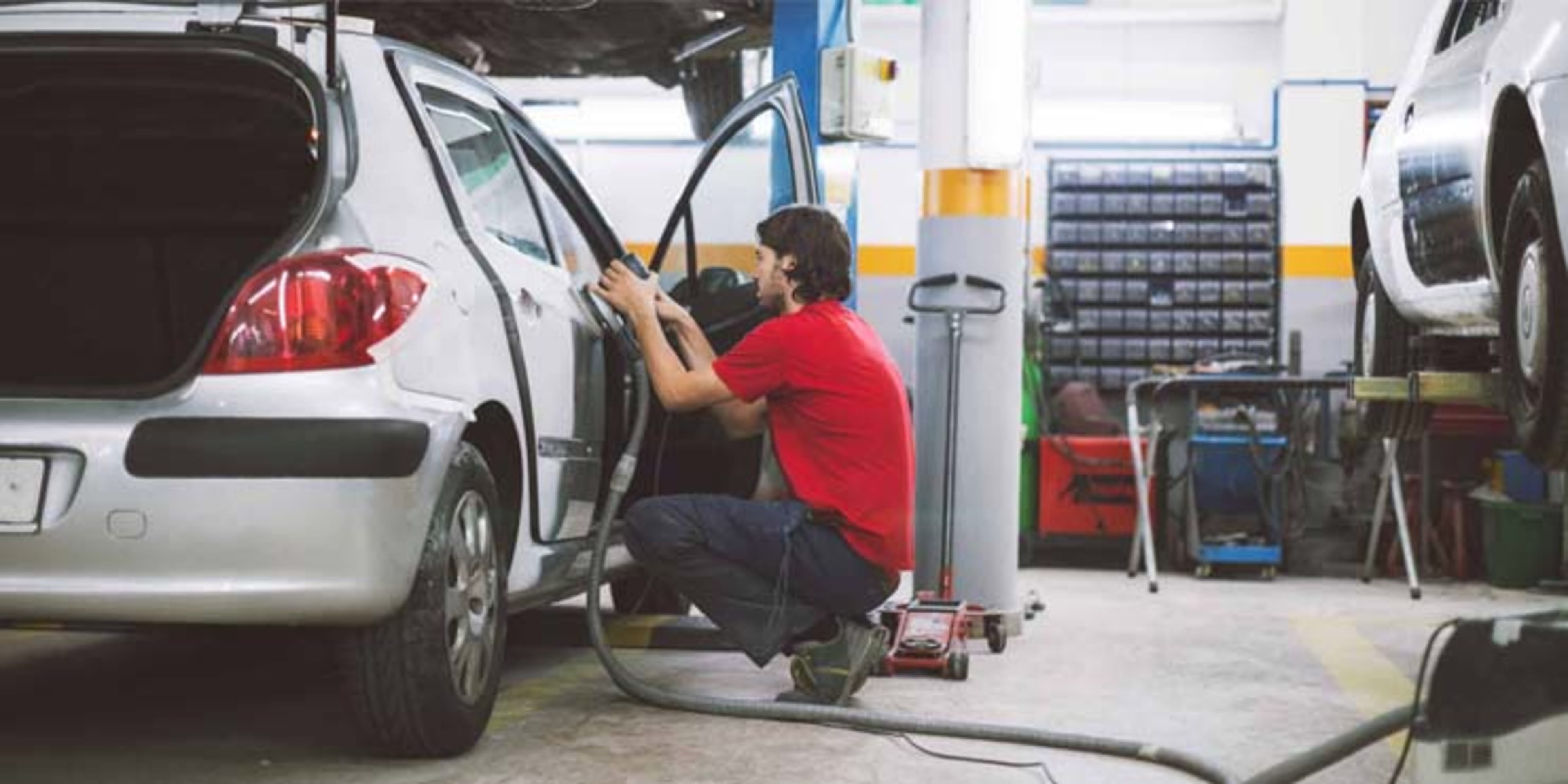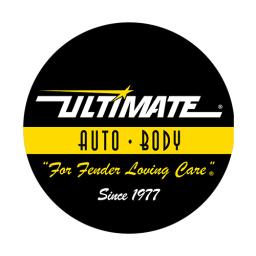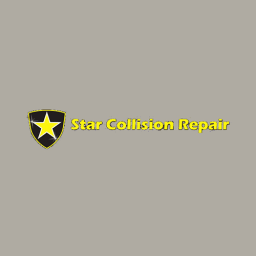
2024

Best Auto Body Shops
Find a Top-Ranked Auto Body Shop Near You
We did the research for you!
- Licensing
- User Reviews
- Mystery Shopping Calls
Learn about our selection process.
Top Auto Body Shops
= Featured Provider
New York, NY
Ultimate Auto Body
Mount Vernon, NY 10553Auto Dent Collision Corp.
Brooklyn, NY 11218Nassau Collision Corp.
Floral Park, NY 11001
Los Angeles, CA
ABC Auto Body
18307 Parthenia St., Northridge, CA 91325Westwood Auto Body
Los Angeles, CA 90025Raging Bull Performance
Costa Mesa, CA 92627
Chicago, IL
Chicago Autohaus
Chicago, IL 60622JORDAN AUTOMOTIVE INC
3689 W Grand Ave, Chicago, IL 60651Erie LaSalle Body Shop
Chicago, IL 60654
Houston, TX
VIC Auto Services
Spring, TX 77379A&A Auto Glass & Body Shop
Houston, TX 77080Nationwide Collision Centers
Houston, TX 77025
Phoenix, AZ
BEST DEAL AUTO BODY
5511 N 51st Ave #109, Glendale, AZ 85301Expertise.com Concierge Service
Phoenix, AZCampus Body Salon
Tempe, AZ 85281
Philadelphia, PA
Century Collision Repair & Refinishing
Lester, PA 19029Body Beautiful Collision Center
Philadelphia, PA 19135Rossetti's Collison Service
Philadelphia, PA 19136
San Antonio, TX
San Antonio Collision Center
4247 Industrial Center Drive, San Antonio, TX 78217Star Collision Repair
San Antonio, TX 78238Dent Dawg
San Antonio, TX 78217
Dallas, TX
Ames Collision Center
7307 Hines Pl, Dallas, TX 75235Elite Auto Body Shop
2341 Royal lane, Suite C, Dallas, TX 75529Lindberg Collision Center
Dallas, TX 75247
San Diego, CA
All American Paint and Body
San Diego, CA 92111Superior Auto Body
Chula Vista, CA 91910Chris Amato's Body Werks
Oceanside, CA 92058
San Jose, CA
AW Collision Centers
San Jose, CA 95112Españas Collision Repair
San Jose, CA 95112Dings and Dents
Campbell, CA 95008
Top Auto Body Shops in other locations
- Auto Body Shops in Boston, MA
- Auto Body Shops in Milwaukee, WI
- Auto Body Shops in Seattle, WA
- Auto Body Shops in Denver, CO
- Auto Body Shops in Nashville, TN
- Auto Body Shops in Washington DC
- Auto Body Shops in Las Vegas, NV
- Auto Body Shops in Portland, OR
- Auto Body Shops in Louisville, KY
- Auto Body Shops in Oklahoma City, OK































